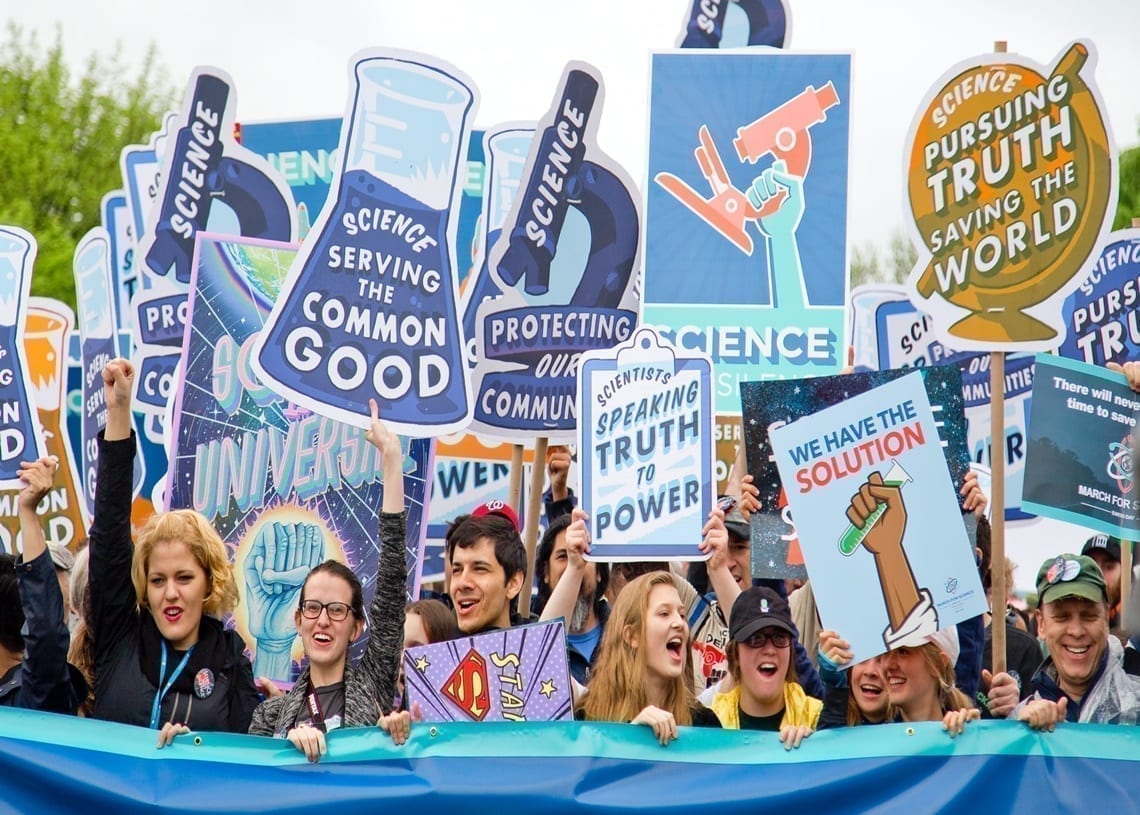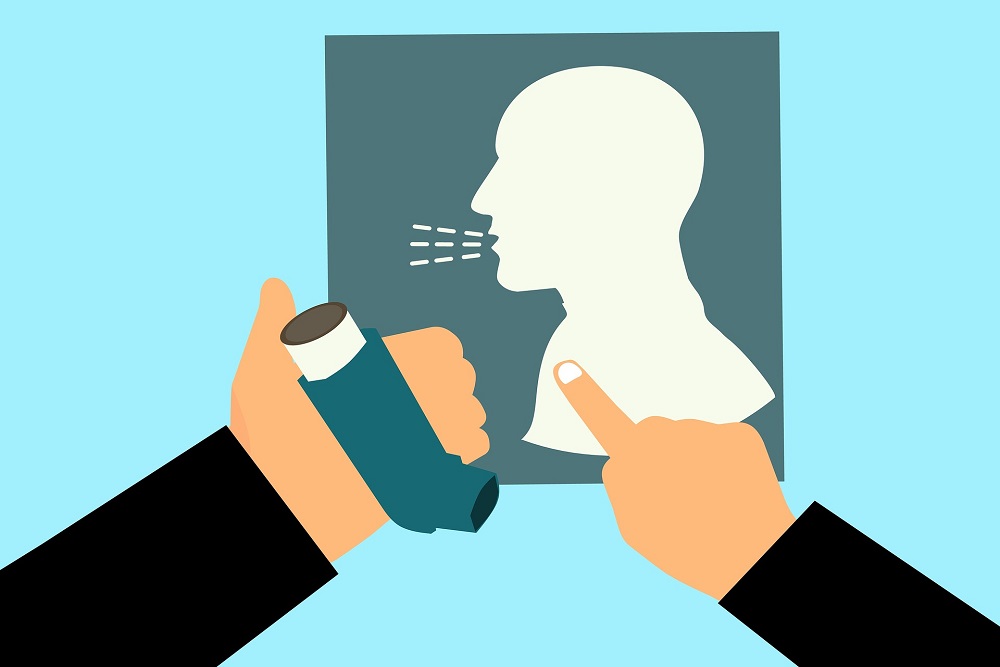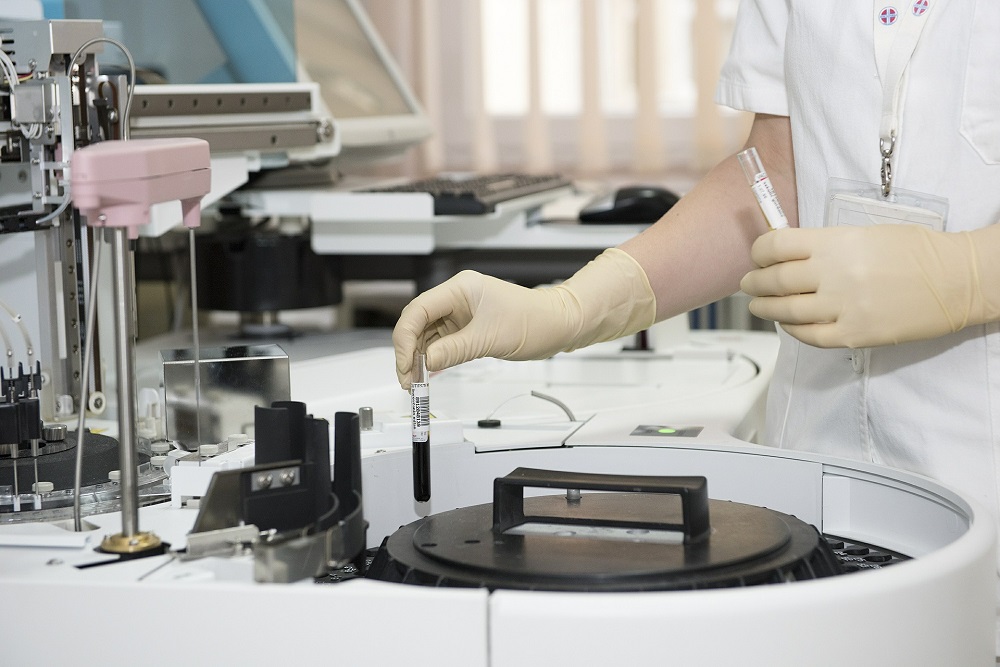The spread of infodemic in an age of raging pandemic is as deadly as the spread of the disease itself. When people start believing and spreading news stories from untrustworthy sources like social media rather than getting that information fact-checked, managing fear, stopping the spread, and saving lives will continue to worsen.
One of the main worries when it comes to effectively managing a pandemic of such proportions is preventing the spread of misinformation. People need science-based verified facts to make informed decisions about their health and well-being. An overload of information, or the infodemic as we call it, makes it difficult to know right from wrong.
Infodemic as deadly as the pandemic
And so it goes in the age of infodemic—unethical work practices, amoral attitude towards human lives, and corrupt mindsets spreading rumors about potential vaccines and unverified remedies for COVID-19. Detecting, disrupting, and putting an end to devastating misinformation such as these has today been declared a public health issue in most parts of the world. If caught, the consequences could be as severe as life imprisonment.
Despite serious repercussions, the issue of infodemic still persists. According to the UN’s latest report, misleading information has been shared knowingly or unknowingly, especially concerning the issues like conspiracies around unproven treatments, criticism of masks, false cures, and vaccine defamation messages, on all social networking websites and viewed over 270 billion times since the start of the pandemic. In Africa alone, over 1000 misleading scientific reports have been debunked by the researchers.
Over the past few months, a lot has been written about whose coronavirus containment strategy works best. From coming up with ethically questionable tactics like locking down around 40 percent of the most susceptible population and their caregivers to implying that mask-wearing and social distancing does little to control the outbreak, scientists are only adding to the uncertainties with no actual evidence-based control strategies.
Face masks become a political stunt
Add to that a divisive political discourse that included a US president undermining public health regulations, science, and scientific institutions is legitimately confusing. Around the globe, politicians have contravened state health rules and refused to follow basic health guidelines like practicing social distancing and the use of face masks.
Some of this damage through infodemic could be permanent, and mass media has done much to repeat disinformation. But don’t we all have a responsibility to qualify information and not jump to conclusions? Science has a lot to do with a qualifying fact from fiction, truth from baseless rumors.
Face mask use by the general public for controlling the spread of the deadly virus has been controversial, though highly recommended, and the potential of this intervention is not well understood. Yet, numerous statistical studies show that countries that employed this strategy right from the beginning have been able to curtail the spread to a large extent. Contagious diseases experts propose that without an effective remedy or vaccine, stopping the transmission chain through face masks and practicing hand hygiene remains the only defense against COVID-19.
Contravening face masks is contradicting science
It is known so far that coronavirus spreads when virus particles become suspended in the bodily fluids in our lungs, mouth, and nose. Every time an infected person coughs, talks, or sneezes, these aerosols make their way onto nearby surfaces, and some tiny ones even remain suspended in the air for hours. This explains why face coverage saves the wearer from infection and vice versa—it stops these infected particles from entering our system or getting out.
In a city as large and densely populated as New York and Washington, a study published in ScienceDirect shows that prolonged use of face masks could bring the forecasted mortality rate down by 45 percent while also reducing the peak daily death rate by 34–58 percent. Even thin layered masks have proven useful in places where the underlying transmission rate is less severe.
The critical point remains that the countries that managed to flatten the curve used face coverings right from the beginning of the pandemic while no country has been able to combat it by eating garlic and lettuce, injecting disinfectant, or releasing hundreds of lions on the streets to keep citizens from coming out, as falsely claimed by certain Russian news outlets.
A virus that was only discovered a year ago has created a perfect breeding ground for conspiracy theories, fake news, myths, and a massive infodemic. While most can be dismissed as harmless, there are some very dangerous. As a human race, we have a moral and social responsibility to confront the untruths and stop them from causing any further damage. So, the next time you find asking yourself to mask or not to mask—remember to trust the science behind it and not the speculations!
The man of science has learned to believe in justification, not by faith, but by verification.
– Thomas Huxley







